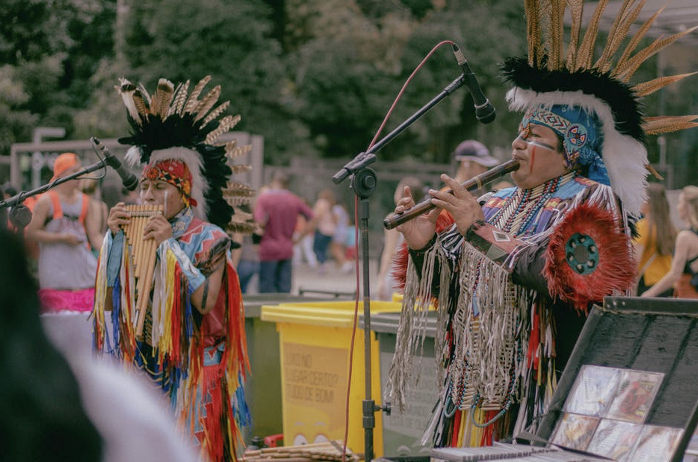
According to the nation’s stats, only about 5.2 million individuals in the United States are American Indians or Alaskan Natives. While that may seem like a large number of people, it only accounts for about 2% of the US population.
This small percentage of Native Americans makes the next statistic sobering. The number of drug addictions among Native Americans is nearly 300% higher than the national average!
The growing problem of substance abuse among the Native American community has unique roots and implications. Here’s a brief look at the issue.
Substance Abuse Among the Native American Community
According to a 2018 National Survey on Drug Use and Health, the Native American community has the highest number of substance abuse disorders of any ethnic group in the country. This includes hallucinogens, cocaine, alcohol, marijuana and other addictive substances.
The study shows that 10% of Native Americans struggle with a substance abuse addiction. About 25% of Native Americans reported binge drinking within a month of the survey. Of U.S. teens aged 12-17, Native Americans report the highest lifetime number of “major depressive episodes.”
These numbers are shocking. Unfortunately, they’re just the beginning of the disturbing statistics. However, the context of history sheds some light onto why these trends are so common.
The Role of History
While Native American communities are rich in culture and history, trauma and loss are a consistent part of that history. Oppression, displacement, and social isolation feed into the currently high rates of mental illness.
For centuries, native families had their children taken from home at a young age. They were placed into “indigenous assimilation” boarding schools.
Unknown numbers of these children never returned home. Mass graves near the schools are still being discovered today.
This legacy has been hard to escape. The effects of these traumas have passed through generations.
These trials have led to greater rates of poverty, incarceration, and mental illness. Suicide is the second leading cause of death among native communities. It’s especially common among young men aged 15-24.
Unfortunately, these traumatic struggles are commonly self-medicated via substance abuse.
The Need for Better Healthcare
One of the biggest factors contributing to substance issues is the lack of proper healthcare. Disparities in healthcare are vast.
Native American communities often receive less funding for healthcare. Poverty and lack of education play into a smaller number of medical personnel available to the communities.
Social injustices and generational trauma create different health outcomes. These are based purely on race and heritage.
These disparities in healthcare drive many to illegal drugs or alcohol to “treat” their symptoms.
What Can Be Done?
Despite these issues, there is still hope for the Native American community. As awareness of these issues increases, sympathy and solutions develop.
The war on drugs is pivotal. Many illegal substances are brought to native communities through Mexican cartels. Government involvement and healthcare are essential. When it comes to eradicating substance abuse and social injustices in Native American communities, the more you know, the more you can do to help.
Leave a Reply